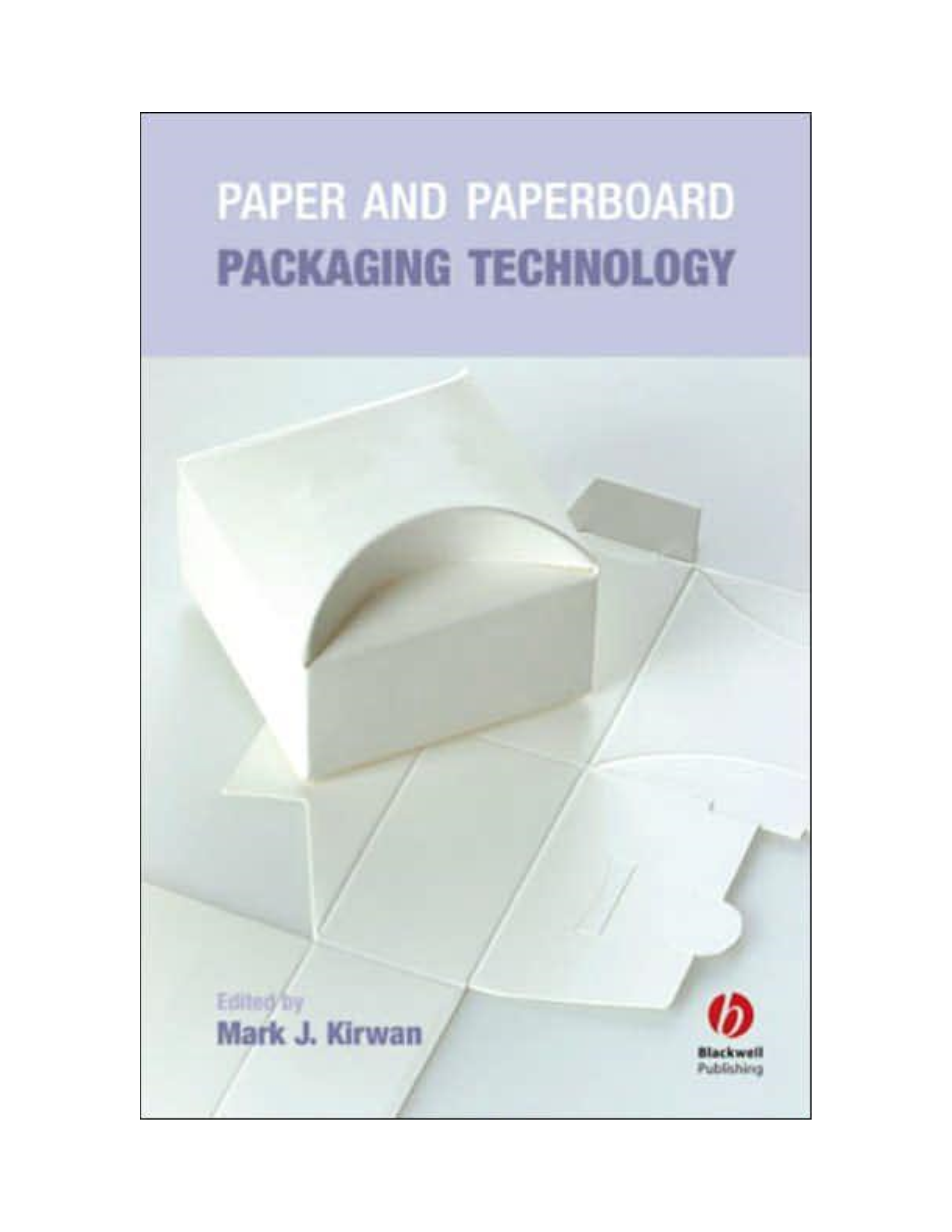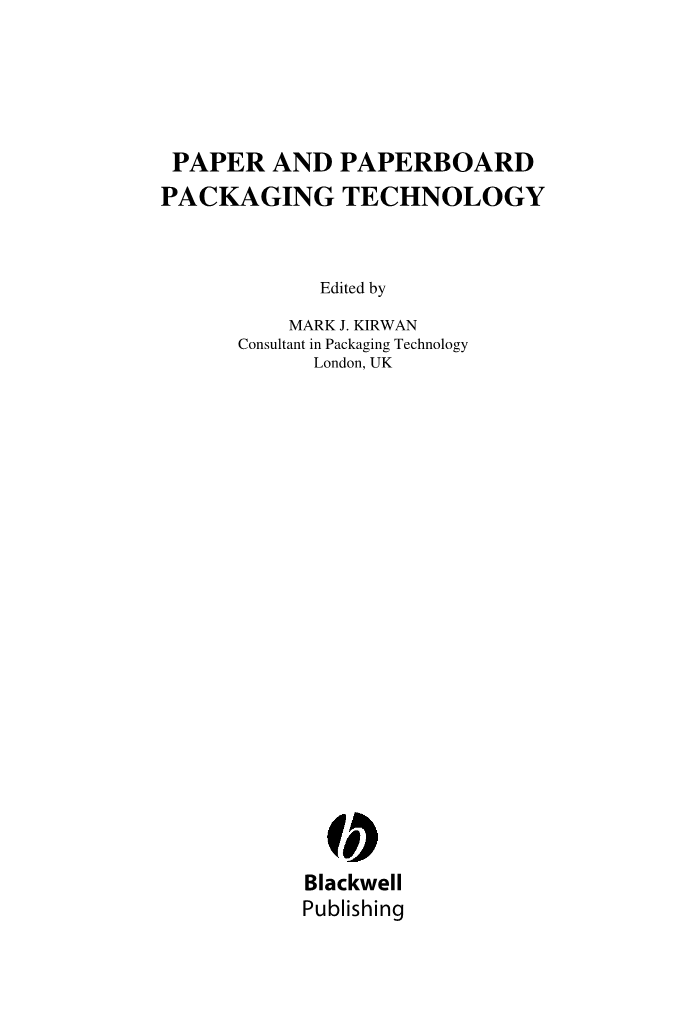

英语原文共 453 页,剩余内容已隐藏,支付完成后下载完整资料
原文
13.1 Introduction
The story of paperboard-based liquid packaging over the last century is a classic business case study. It contains all the elements from the concept to a successful worldwide business based on vision, motivation and entrepreneurial drive, utilising skills in science, technology and commerce.
Technically, the concept perceived around 1900 sought a leak-proof paper-based container to match the glass and metal containers in common use and to replace the traditional distribution of milk, whereby it was ladled out into the consumersrsquo; own ceramic containers from churns in the street. In this instance, according to Gordon Robertsonrsquo;s account of the early development of paperboard-based beverage cartons (Robertson, 2002, pp. 46–52) there appears to be no dispute about where the credit lies for the first successful solution. Though earlier attempts to solve the problem have been recorded, it was in 1915 that a US patent was granted to John Van Wormer of Toledo, Ohio, for what was described as a lsquo;paper bottlersquo; and which he called Pure-Pakreg;. It was a folded carton blank, which would be supplied flat to dairies for the packaging of milk. The concept offered several important advantages which still apply today – those of savings in delivery, storage and weight compared with glass bottles.
Glass packaging for milk was well established by this time with equipment for washing, filling and capping. There were systems for the distribution and recovery of the bottles. The machinery for forming, filling and sealing the paper bottle still had to be invented.
The carton blank had to be made into a container with the help of adhesives. It was then made leak-proof by dipping it in molten paraffin wax. The container was then filled and the top closed by heat, pressure and stapling, as described in the articles in Modern Packaging and Popular Science Monthly from the early 1930s. Clearly, considerable engineering development work was necessary to accomplish the forming, filling and sealing and to do this at reasonable speeds added to the complexity of what was required. Ex-Cell-O Corporation emerged as the owner of Pure-Pakreg; and the successful machinery producer. Milk was packed in Pure-Pakreg; cartons at 24 quart, i.e. 2-pint, cartons per minute in bulk from 1936.
Pure-Pakreg; was used in Europe after World War II. Initially, the cartons were imported from the USA for filling. Elopak (European Licensee of Pure-Pakreg;) was formed in 1957. In 1987, Elopak bought the Ex-Cell-O Packaging Systems Division and the Pure-Pakreg; Licence.
Figure 13.1 Pure-Pakreg; gable top carton
There were alternatives launched in the US – some ten companies had launched a paper-based package for milk, by the 1930s. In Germany, Jagenberg had introduced Perga, which was also waxed. It had a circular base and a square top. Perga developed quickly and by 1939, there were 26 factories in 8 countries including Germany, England, Sweden, US, Canada and Australia. Jagenberg founded PKL in 1958 and introduced a package known as Blocpac.
Meanwhile, from 1943, a different approach was in development in Sweden. The company of Aring;kerlund and Rausing had been formed in 1929 to manufacture consumer packaging. This company developed Satello, during World War II. This was a wax-coated cylindrical container produced during the time when glass and tinplate containers were in short supply. Satello was used to pack jams and marmalade. The company then set out to develop a milk package which would be formed from the reel by cutting and sealing a tube of moisture-proofed paperboard at alternate right angles below the level of the liquid. This produced a tetrahedralshaped package and a patent was applied for in Sweden in the name of R. Rausing in 1944 (Leander, 1996, p. 27).
It did not have an auspicious beginning. Ruben Rausing afterwards said that it was lsquo;a package (shape) which you only ever saw in geometry classes, to be manufactured by a machine of whose appearance nobody had even the faintest idea, made from a material which did not exist and intended for one of our most vulnerable foodstuffsrsquo;. Of the person who invented the package, Rausing said that lsquo;this was what you get for hiring people who have no idea how a package is made and what it ought to look likersquo; (Leander, 1996, pp. 25–27) – clearly, a justification of lateral thinking!
As with Pure-Pakreg;, the development of a forming, filling and sealing machine together with that of a suitable packaging material took several years. The name Tetra Pak was registered in 1950 and a subsidiary company of Aring;kerlund and Rausing, AB Tetra Pak, formed in 1951. Tetra Pak became an independent company under the ownership of Ruben Rausing in 1965.
Several plastic materials had been tried by Tetra Pak and a polystyrene blend had been successful. The first packaging machine was installed in a dairy in Lund, Sweden, in 1952. This produced a tetrahedral-shaped package. Today, it is known as Tetra Classic (Fig. 13.2).
Polyethylene (PE) had been invented in England in 1933 by ICI and was given the brand name lsquo;polythenersquo;. Its use as a packaging material was not envisaged. Subsequently, DuPont with a licence to manufacture PE encouraged the firm of Frank W. Egan to develop an extrusion coating machine in 1954/55. Tetra Pak began coating paperboards with PE in 1956 (Leander, 1996, p. 53).
Figure 13.2 Tetra Classic.
A brick-shaped PE-coated paperboard pack was introduced by Zupack (subsequently bought by Tetra Pak in 1982) in 1959 and, sl
全文共31160字,剩余内容已隐藏,支付完成后下载完整资料
资料编号:[16224],资料为PDF文档或Word文档,PDF文档可免费转换为Word


